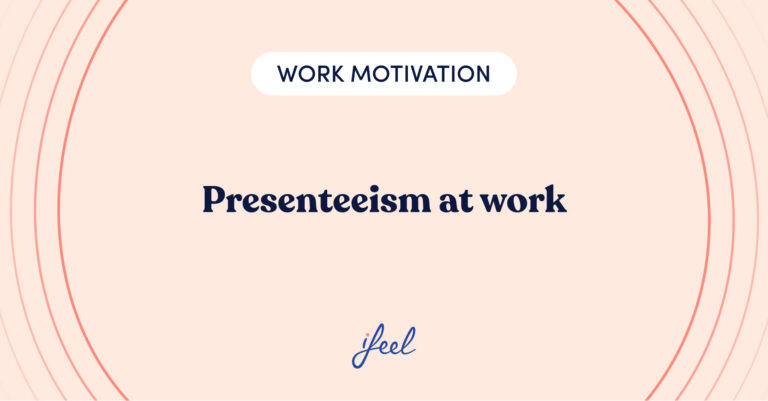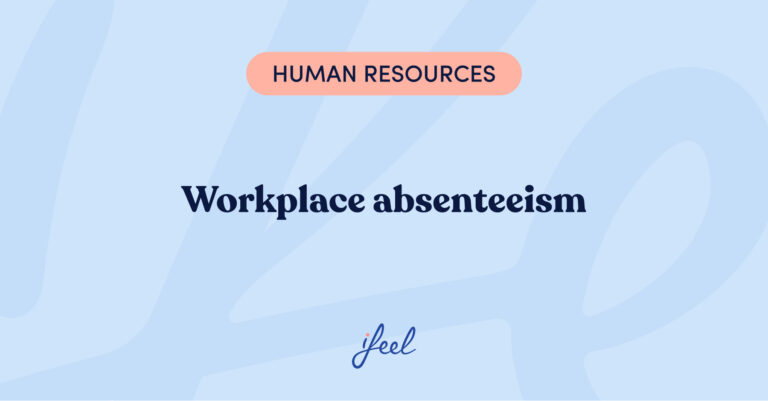The combination of burnout and productivity in the workplace is one of the worst combinations within Human Resources departments. On certain occasions, as objectives are being met and results are delivered, some employees’ burnout surprisingly does not impact their productivity significantly.
However, that success may hide a less favorable reality of the situation: settling for results without considering their impact on people harms businesses in the long run.
In reality, burnout and productivity in companies tend to always end badly. Productivity, positive results, and goals may appear at the cost of burnout at work at a high price, even if the company wants to appear unaware of it.

Risk factors for burnout and productivity
Several personal and corporate factors can contribute to increased psychological distress in employees, contributing to burnout syndrome. Here are three examples.
1. Lack of space for communication
Interpersonal factors strongly influence the connection between burnout and productivity: the quality of communication, receiving support, and constructive feedback from colleagues and managers are essential to cushioning stress, boredom, and demotivation. Therefore, the need for scheduled and informal moments that make it possible to review and evaluate the work being done is a significant risk factor.
2. Inefficient team structure
When a team is not well built, it is difficult for it to efficiently achieve the objectives set and achieve them cohesively and positively. When there is a lack of people or those who are present need to have the right professional profile, there tend to be more inefficiencies and imbalances that negatively impact the organization’s results. These factors may lead to sick leave due to stress.
3. Poor individual work organization
Part of the relationship between work burnout and company productivity depends on strictly corporate aspects, but it is also influenced by the personal issues of each employee. One of them is their ability to properly organize their tasks so that a poorly managed agenda may require more personal resources than necessary, and this ends up burning the person while not finding a more efficient way to work.
Preventing and dealing with workplace burnout
To correct those aspects that contribute to burnout syndrome and, most importantly, to prevent it, it is necessary to determine some measures that can be implemented in a deliberate manner. Earlier, we mentioned three risk factors that could be counteracted as follows:
1. Performance reviews
Apart from the informal evaluations that can take place on a day-to-day basis, it is necessary to have regular and predictable spaces that allow employees and managers to review in the medium and long term what is being done and how it impacts the person responsible.
2. Team coordination meetings
Performance reviews are usually conducted every several months, sometimes annually. A greater follow-up is required to reduce the relationship between burnout and productivity. For this purpose, weekly team meetings are an opportunity to review this issue in the short term, including whether or not the OKRs proposed are feasible.
3. Structuring the team properly
If there is a lack of personnel or tasks are not assigned to the suitable profiles, we can fall into overload or a tedious work routine. In order to avoid this, communication between the team manager and those responsible for personnel selection within the Human Resources area must be as effective as possible: it is just as bad when there are too many people in the team as when there are not enough.

4. Work organization
Burnout and productivity are interconnected in many ways, some of which are beyond our control as they are part of circumstances an employee might be unable to act upon. On other occasions, they do fall within our margin of action to the extent that we interpret and organize our professional and extra-professional tasks in a certain way. Learning to prevent burnout also means learning to work better.
We hope you found this post about the relationship between burnout and productivity interesting. If you want more information about ifeel’s emotional well-being service for companies, simply get in touch, and we will contact your team as soon as possible.
What is burnout syndrome?
Burnout syndrome is psychological discomfort experienced by some employees subjected to unhealthy work situations of overload, disorganization, lack of purpose, or inadequate or meaningless tasks in their companies. Additionally, burnout and productivity go hand in hand. It relates to other occupational health problems such as depression, anxiety, or stress.
What is the relationship between burnout and productivity?
It makes it difficult for employees to work to the best of their abilities and healthily in achieving their goals. In many cases, it ends up causing a flight of talent to competing companies.
How does burnout affect employee performance?
Burnout decreases creativity, motivation, and commitment tasks at work and worsens mood and colleague relationships. Although it may seem possible to continue working in a less ideal manner, the performance of a burned-out worker is never optimal.
Can companies prevent burnout at work?
Of course: not only can they, but they must do so if they want to have a proactive strategy that is sustainable in the long term and differentiates them from their competitors. The best way to prevent burnout and increase productivity at work is to implement a global emotional well-being service for companies provided by professional psychologists, such as the one offered by ifeel.










